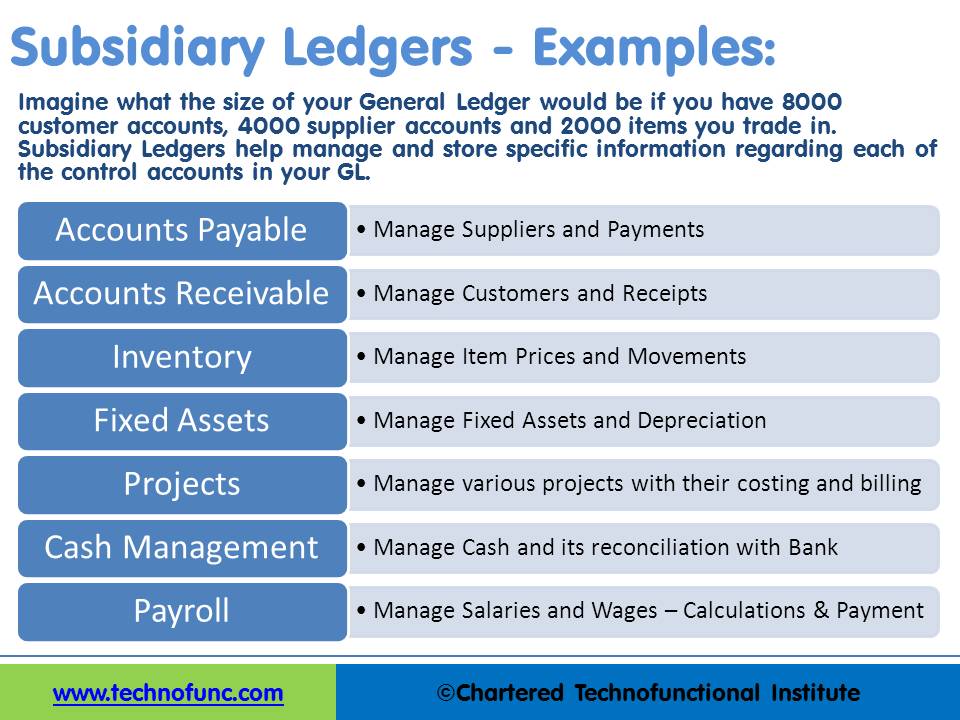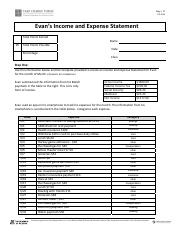
Do note, however, that direct labor costs generally do include retirement funds, holiday pays, payroll taxes, and any additional fees that direct laborers bring with them. Some companies may even decide to include costs related to training the production staff in direct labor costs. A furniture manufacturing company has $8,000 in raw materials in inventory at the start of a quarter. During this time, $5,000 in stock is added to the raw material inventory. However, at the end of the period, only $3,000 in raw materials remained.
An electronics manufacturer might routinely review material waste and implement measures to reduce it, leading to ongoing cost control. Both of these figures are used to evaluate the total expenses of operating a manufacturing business. The revenue that a company generates must exceed the total expense before it achieves profitability.
Total Manufacturings Cost = Direct Materials Cost + Direct Labor Cost + Manufacturing Overhead Cost
By calculating and analyzing these costs, businesses can gain a competitive edge, enhance profitability, and ensure sustained success in today’s dynamic market environment. To get the monthly manufacturing overhead, identify the manufacturing overhead costs then add them up. Now you can determine the manufacturing overhead rate — this is the percentage of your monthly revenue that goes towards paying for overheads each month. To do this, divide the monthly manufacturing overhead by the value of your monthly sales, multiplying that by 100. Producing too much stock in advance means you are spending a lot more on direct material costs.
Therefore, 12.24% of monthly revenue will go toward the business’ overhead costs. One other staff member – a specialist coffee roaster – earns $35 per hour, with payroll taxes of $5 per hour and $3 fringe benefit costs per hour. Manufacturing overhead does not include wages for administration, sales, marketing, office rent, and other staff salaries. The Cost of Goods Manufactured (COGM) and Cost of Goods Sold (COGS) are both calculated using the Total Manufacturing Cost (COGS). Since Rose and Lily are not part of the candle-making process, their gross pay is excluded from the direct labor calculation. Check out our guide on the difference between direct and indirect labor.
You can improve the bottom line by making necessary modifications with the knowledge of COGM. If you conclude that costs are as low as possible, but revenue is still struggling, the next step could be to alter your pricing. If you set prices too high, customers may go to competitors where they can find a better deal.
Manufacturing overhead costs
The calculation for total manufacturing cost involves a detailed accounting for the costs of materials, labor and overhead. It requires a realistic analysis of a company’s various departments to show their contribution to the manufacturing process and the costs of those contributions. A company’s financial health depends on many factors, including its manufacturing costs.
Carbon Sequestering Concrete Manufacturing Plant Report, Project Details, Requirements and Costs Involved – Benzinga
Carbon Sequestering Concrete Manufacturing Plant Report, Project Details, Requirements and Costs Involved.
Posted: Tue, 22 Aug 2023 08:52:44 GMT [source]
A tale in which we have looked into and answered, along with a ton of other things scaling manufacturers need to know. Manufacturers who do not have an accurate picture of their spending will often have a distorted perception of their financial health, which may lead to poor budgeting. When total manufacturing costs are compared to income and revenue, profitability and overall business performance become clear. You could calculate the manufacturing cost per item as an optional step.
How to find total manufacturing costs
For example, nails and glue holding a wooden cabinet are indirect materials called consumables. Don’t forget to add the cost of your consumables to your total manufacturing cost. Total Manufacturing Cost (TMC) calculations only consider direct material prices and exclude indirect materials and manufacturing overhead costs. If your machinery suffers breakages or depreciation during this process, you should consider incorporating these financial losses too. Manufacturing overhead also includes the indirect costs that are not part of direct materials or direct labour. Staff not handling the production of goods, such as management, accounting, maintenance, cleaning staff, etc. are not considered direct labor.
- It is good practice to regularly evaluate your supply chain and to identify opportunities for improvement.
- Detailed product costing is important for informed decision-making around pricing in manufacturing.
- For example, a producer might purposely start producing units earlier in anticipation of rising seasonal demand.
- So, multiply the manufacturing cost per unit by the number of units produced to get the total manufacturing costs in this problem.
- During the production period, Flying Pigs purchased an additional $23,200 in raw materials.
The next stage of manufacturing is the production or work-in-progress. At this point, direct labor is used to make the roller skates, and the cost of manufacturing overhead is added. Even though the total manufacturing cost formula is a relatively easy calculation to make, it does require a lot of input from different areas of your business. In addition to profitability, pricing decisions can also impact other strategic objectives, such as market share and customer satisfaction. For example, a company may price its products lower than the competition to gain market share. Whatever the decision, it’s important that it be based on a thorough understanding of product costs and other factors.
How do you calculate total manufacturing costs quizlet?
Even though there are a lot of things that might impact a company’s COGM, like rising labor or land costs, the manufacturing process is usually the first thing to be examined. Businesses can use this to find and fix any production-related problems. There is only one real way to figure out your Total manufacturing costs. Finally, subtract the ending inventory at the end of the financial period.

Indirect material costs include items such as containers or pallets used to store raw materials safely. An example of this difference is if the company producing blankets determines that the total manufacturing cost for 1000 blankets is $20,000. Due to a staffing shortage, only 750 blankets could be produced by the end of the period, lowering the COGM to $15,000.
It is good practice to regularly evaluate your supply chain and to identify opportunities for improvement. Take advantage of any bulk-buy discounts or seasonal supply-side surplus to guard against off-season price increases. Total manufacturing cost is a useful metric in its own right, as we will see shortly. However, it also informs another critically important KPI, namely, the Cost of Goods Manufactured (COGM), which in turn is necessary to calculate the equally important Cost of Goods Sold (COGS).
Total manufacturing cost is the amount of money a company spends on its manufacturing operations, or essentially how much it costs in total to produce the goods that will be sold on to customers. Keep in mind, there are certain roles that don’t have anything to do with direct labor. Support staff such as HR and Accounting don’t directly help create the product. Your direct materials are the actual materials you need to buy, refine, and consume to make your product. Businesses can monitor and control manufacturing costs by setting up a robust cost tracking system, conducting regular budget vs. actual cost analyses, and identifying areas for improvement.
The goal is to factor in variable costs – like staff with higher or lower pay rates – to gain a single value for the cost of an hour of work. Before calculating the direct labour costs per unit you need to know how to calculate the direct hourly labour rate and direct labour hours. In coffee manufacturing, for example, the cost of coffee beans is a direct material cost.
Knowing the total cost of manufacturing a product can help ensure that products are priced appropriately and that businesses are making a profit. One thing to watch out for is the costs that come from depreciation in the value of your raw materials. In this guide, we’ll cover everything you need for your total manufacturing cost formula. In addition to the beginning and ending balances, it is necessary to account for raw materials and work-in-progress inventory. This cohesion leads to powerful data, that can be reported on, analysed, and used for important strategic decisions. It’s much easier to work out total manufacturing cost when the latest financial data can be accessed at the click of a button, and when the information from all departments is inter-connected.

Manufacturing overhead does not include costs unrelated to the manufacturing process like administration wages, sales and marketing expenses, office rent, etc. These are general costs of doing business and are calculated separately as overhead expenses for the manufacturing business. Direct material costs can be found by adding the cost of purchased raw materials to their beginning inventory and then subtracting their ending inventory. COGS is the cost of items that not only completed the product creation journey but were also sold to a customer. Total manufacturing cost (TMC), on the other hand, includes all production costs within a given time frame, regardless of what was finished or sold. So, the Total Manufacturing Cost for the quarter is the sum of the direct material and labor costs, and manufacturing overhead.